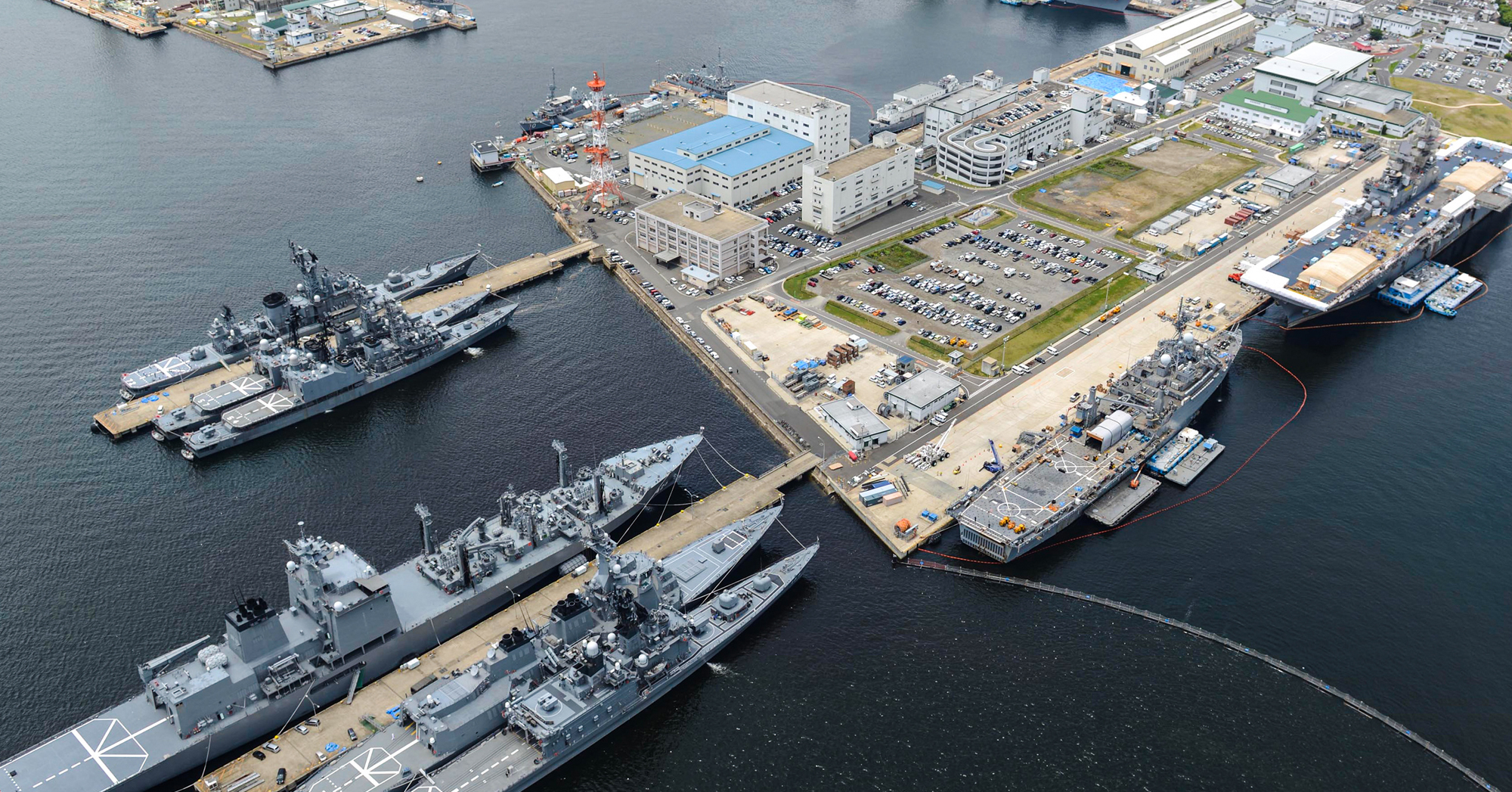- The best Mini ITX PC cases of 2025: Expert recommended
- From Copilot to agent - AI is growing up, and CISOs need to be ready
- My favorite Apple Watch for tracking my workouts is 32% off at major retailers
- Discover the Cisco Catalyst Center Fundamentals (CCFND) Training Program
- This robot vacuum's dustbin doubles as a handheld vacuum (and it's on sale)
Operational Wireless in Government: Best-Fit or Force-Fit?

Advancements in wireless technologies have opened a floodgate of opportunity to connect industrial and Operational Technology (OT) environments. That’s why government agencies and their partners need to take a deeper look into these evolving technologies so they choose the best-fit technology for the use case.
Government is on an accelerated path to wireless adoption. Forced by the pandemic and embraced by users, it has increased the need for video collaboration, remote work, and capabilities to remotely control or automate processes. This movement often forced government leaders to choose new technologies quickly. The result: a forced-fit rather than the best-fit.
This trend of acceleration is not limited to enterprise IT and has crossed into the once siloed and hardwired domain of Operational Technology (OT) and industrial networks.
Luckily, we can offer some guidance to government decision-makers. In response to questions from our customers, our team of Public Sector wireless experts have taken a deep dive into the subject in our latest white paper. In Wireless for Government Operated Industrial Networks: How to Choose the Best-Fit over a Force-Fit, they detail the approach government can use to maximize their value in wireless networks.
Four use cases for operational wireless in government
Our experts focused on four common focus areas and use cases within government agencies:
- Manufacturing, Defense Industrial Base, and Maintenance, Repair, and Overhaul (MRO)
- This can include use cases for warehouse operations, factory line operations, and connected workforce modernization. It can empower government to align more tightly with their private sector partners and enhance maintenance and repair of military equipment.
- Installations, Campuses, and Buildings
- Involves control system modernization, sensors, public Wi-Fi, CCTV, and short-term needs like special events. From single government buildings to larger campuses, military bases, and Veterans Administration (VA) facilities, wireless can improve resource usage and speed response times.
- Ports and Terminals
- Covers terminal operating systems (TOS), autonomous operations, remote operations, gates and warehouses connectivity, and port operations and monitoring. Key value can be derived for terminal security, enhanced control of cargo as it moves through ports, automating dangerous or mundane functions, and speeding response times.
- Asset Tracking and Condition Monitoring
- A broad use case especially applicable to logistics organizations, but key for securing and maintaining assets, from handheld equipment to large machinery to high value assets in every government entity.
Key decision areas for operational wireless
When considering the best-fit technology for these areas and use cases, government leaders should consider the choice of spectrum, network resilience and performance requirements, and the cost of ownership and ongoing operations.
They also should consider the specific wireless technology, with recent advancements providing more options than just Wi-Fi, LTE, and RFID (fortunately, these can often work in tandem). Some of the technologies the white paper describes in detail include:
- Industrial Wi-Fi
- Public and Private 5G
- Cisco Ultra-Reliable Wireless Backhaul
- Long Range WAN (LoRaWAN).
If you’re actively involved in industrial wireless for government, I encourage you to download the white paper to better understand exactly what our experts are seeing in the industry and how best you can approach the many options available (download now).
Additional resources
Share:

